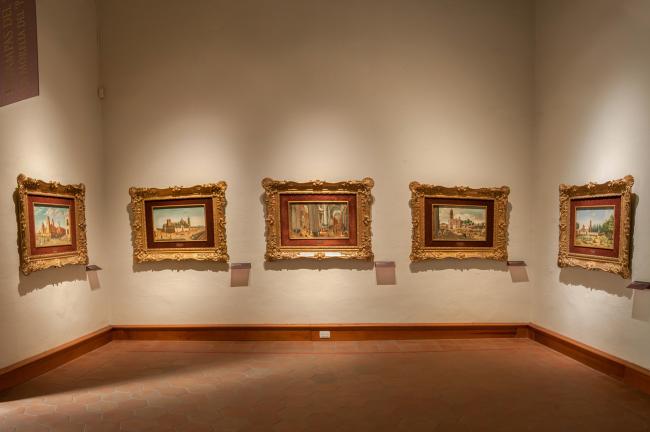
19th-Century Vignettes: Morelia through “El Pingo” Torres
Sala
Mariano de Jesús Torres (1838–1921) captured Morelia in a series of paintings that chronicle a city in transition.
Every generation produces at least one chronicler—writer or artist—who records the world around them in words or images. Driven by curiosity and wonder, they explore the shapes, sounds, colors, and nuances of their surroundings, leaving detailed records on canvas, paper, and in print.
Mariano de Jesús Torres was a prominent 19th-century Mexican writer, poet, and journalist. Born in 1838 in Morelia—the capital of a young state debating its political identity—he studied law and embraced journalism. A liberal at heart, he became a sharp critic of Porfirio Díaz’s regime and the era’s conservatism. Through his own press, he published numerous newspapers (including the famed "El Centinela"), where he and other leading writers of his time freely tackled politics, literature, music, and poetry. His scientific curiosity also led him to publish almanacs and dictionaries.
Under the pen name “El Pingo,” Torres not only chronicled political upheavals and the moods of his contemporaries but, as a self-taught painter, he produced images of a city split between provincial calm—mornings marked by cathedral bells, the night watchman’s calls, and the creak of horse-drawn carriages—and a capital city rich with history, soon to see electric street lamps, the tram, and modern innovations. His vignettes resonate because they are both the memory of a distant past and its vivid re-creation in the present.


